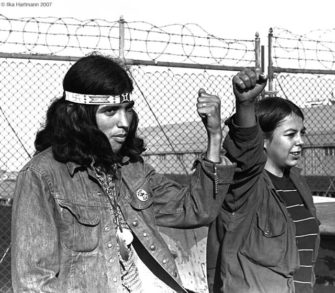
Indian occupiers moments after their removal from Alcatraz Island on June 11, 1971. Left: Oohosis, Cree from Canada. Right: Peggy Lee Ellenwood, Sioux from Wolf Point, Montana. Source: © Ilka Hartmann
On Nov. 20, 1969, a dramatic and unprecedented event took place in California that focused attention on American Indian grievances as nothing else had. It burst through the invisibility of previous local indigenous protests and declared to the entire world that the Indians still lived and would fight for their rights.
On that day, before dawn, 78 Indians landed on Alcatraz Island in San Francisco Bay and occupied the island. They called themselves “Indians of All Tribes” and issued a proclamation, “We Hold the Rock.”
In it they offered to buy Alcatraz in glass beads and red cloth, the price paid Indians for Manhattan Island over three hundred years earlier.
The occupiers organized themselves immediately, electing a council and giving everyone a job. Everyone on the island voted on all major decisions. Within three weeks of the occupation, a school was set up. Older adults taught traditional native arts and crafts such as bead and leather work, woodcarving, costume decoration, sculpture, dance, and music.
Although federal marshals eventually removed the protesters, and their demands — including title to the island and the construction of a Native American university — were never granted, scholars view the two-year protest as a springboard for modern-day Indian activism. [Description by Bernice Yeung from Alcatraz Is Not an Island website (defunct).]
Proclamation
We feel that this so-called Alcatraz Island is more than suitable for an Indian reservation, as determined by the white man’s own standards. By this, we mean that this place resembles most Indian reservations in that:
- It is isolated from modern facilities, and without adequate means of transportation.
- It has no fresh running water.
- It has inadequate sanitation facilities.
- There are no oil or mineral rights.
- There is no industry and so unemployment is very great.
- There are no health-care facilities.
- The soil is rocky and non-productive, and the land does not support game.
- There are no educational facilities.
- The population has always exceeded the land base.
- The population has always been held as prisoners and kept dependent upon others.
Further, it would be fitting and symbolic that ships from all over the world, entering the Golden Gate, would first see Indian land, and thus be reminded of the true history of this nation. This tiny island would be a symbol of the great lands once ruled by free and noble Indians.—Indians of All Nations, The Alcatraz Proclamation to the Great White Father and His People
Related Resources
- National Park Service: Alcatraz Island
- Photos by Ilka Hartmann
- “We Hold the Rock” by Joe DeFilippo, a Baltimore songwriter and retired social studies teacher. Performed by the R. J. Phillips Band. Watch a video of the song below.

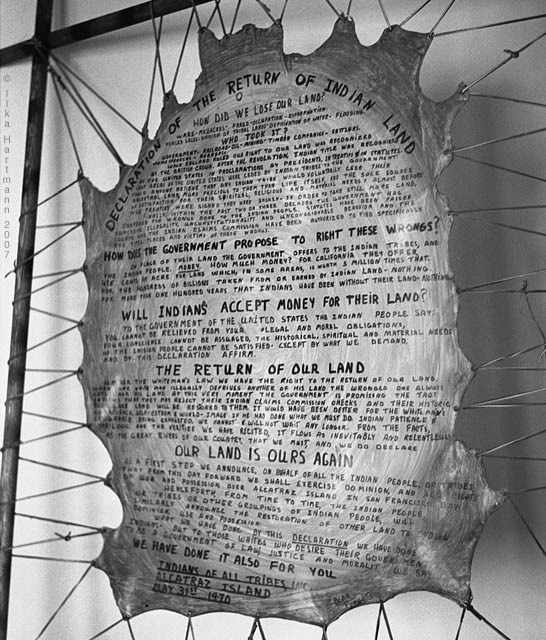
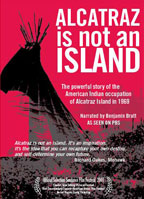
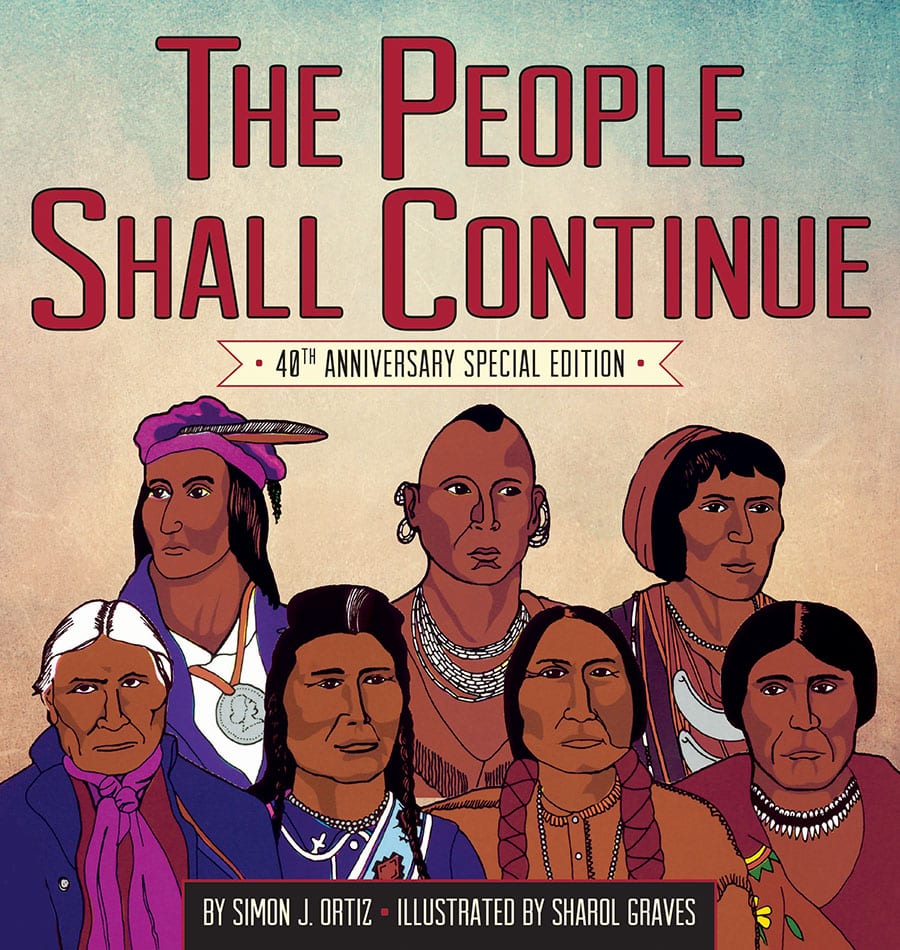
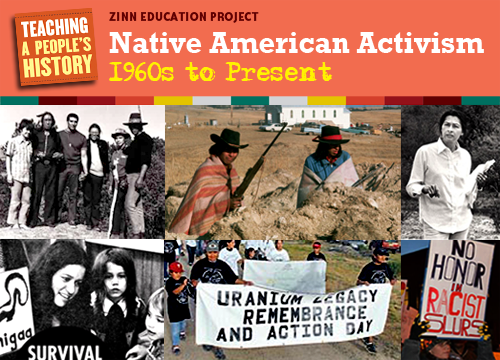
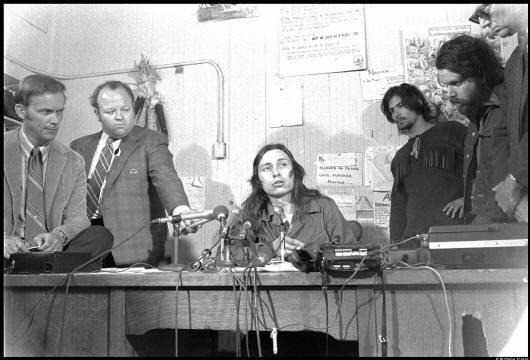





Twitter
Google plus
LinkedIn